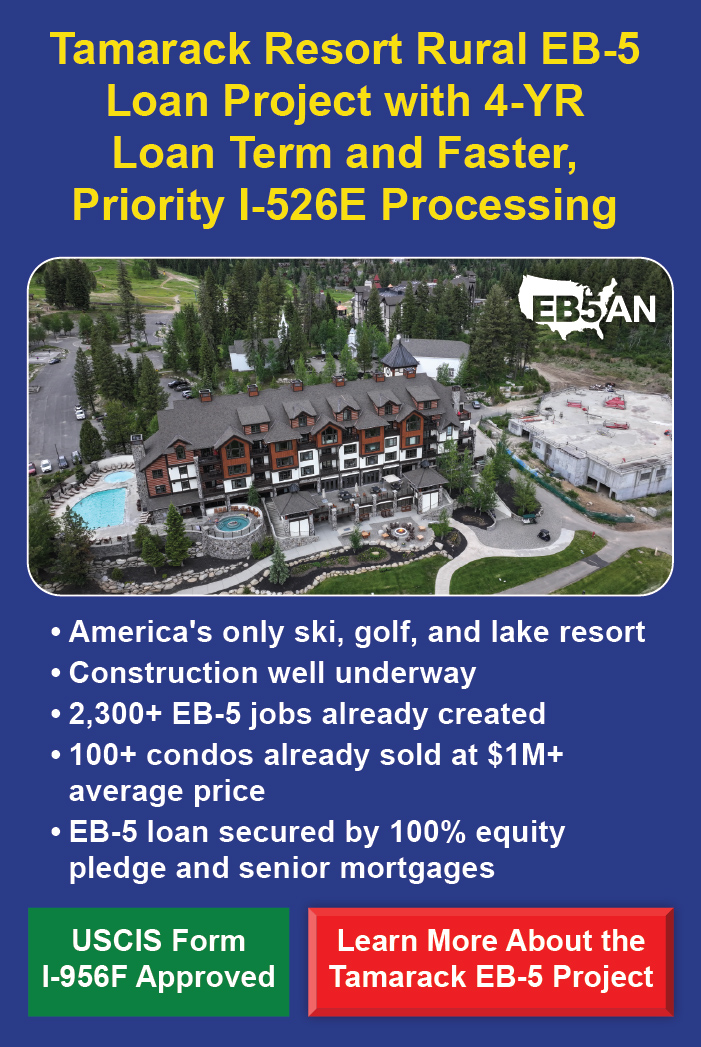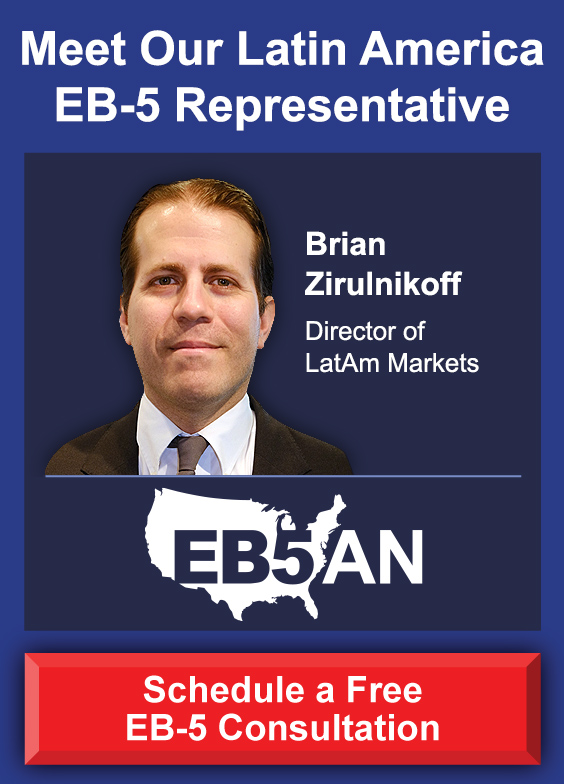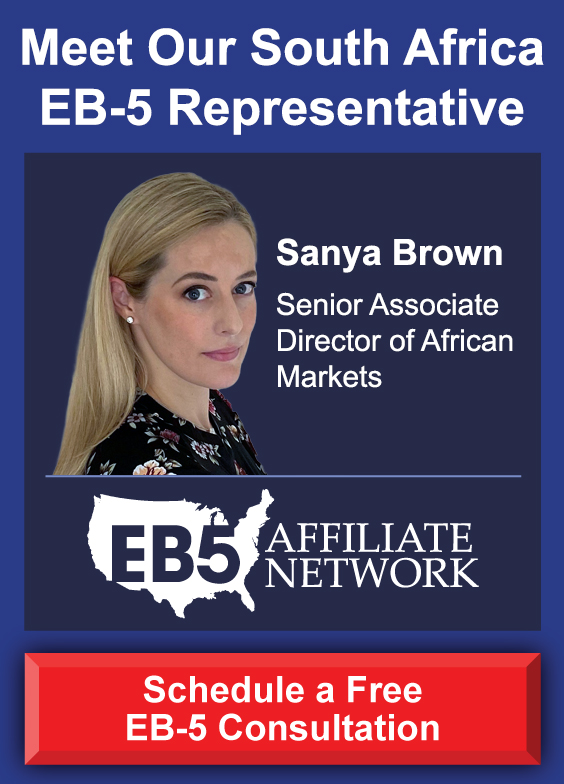
Success in the EB-5 visa program largely depends on accurate documentation. Applicants usually underestimate how closely the U.S. Citizenship and Immigration Services (USCIS) reviews their paperwork, making documentation errors one of the biggest challenges in the EB-5 process.
USCIS reviews each document carefully to ensure all requirements are met. If anything is missing or unclear, the agency may issue a Request for Evidence (RFE) or a Notice of Intent to Deny (NOID), leading to setbacks and increased scrutiny. Many of these errors arise from a poor understanding of the program’s requirements or a lack of expert guidance.
In this article, we will discuss five of the most common EB-5 documentation pitfalls and how to avoid them to move closer to your goal of U.S. residency.
Why Proper Documentation Matters in the EB-5 Process
5 Most Common EB-5 Documentation Issues
- Inaccurate or Incomplete Personal Information
- Lack of Detailed Source of Funds Records
- Errors in Investment Capital Documentation
- Insufficient Job Creation Documentation
- Immigration History and Compliance Issues
What to Do if You Cannot Obtain Necessary Documentation
Work With EB5AN for a Successful EB-5 Process
Why Proper Documentation Matters in the EB-5 Process

Proper documentation proves your eligibility and improves your chances of a smooth application process. USCIS requires investors to submit documents such as personal IDs, financial statements, and proof of job creation and investment. If any of these are incomplete, inaccurate, or inconsistent, it can create doubts about the legitimacy of an investor’s funds. Therefore, the agency may request additional evidence, leading to longer wait times.
Documents Required for an EB-5 Visa Application
The EB-5 visa program involves making a minimum investment of $800,000 in targeted employment area (TEA) projects or $1,050,000 in non-TEA projects. To get started, foreign investors must submit a range of documents. Below are the key documents required:
- Personal identification documents: You must provide a valid passport, birth certificate, and any previous immigration records. If married, you must include a marriage certificate and documents for your dependents.
- Proof of investment capital: You are expected to submit financial statements showing you have invested or are in the process of investing the required amount. Bank records, wire transfer receipts, and business agreements help prove this.
- Source-of-funds documentation: USCIS requires a detailed history and clear trail of your investment source of funds. Therefore, you must provide tax returns, pay stubs, property sale records, or business profit statements. Any gaps or missing records can delay your application.
- Job creation evidence: You must show how your investment created at least 10 full-time U.S. jobs. You will have to submit business plans, payroll records, and employment reports to prove this. This and many other steps may be handled by reputable regional centers if you’re working with one.
- Investment documentation: EB-5 investors must prove their capital investment in a new commercial enterprise (NCE). Acceptable documents include bank statements, purchase agreements, asset transfers, and stock agreements. Form I-526E petitions must include a copy of the Form I-956F receipt notice to confirm that the project is USCIS-approved.
- Immigration and legal records: Foreign nationals with prior U.S. visas must provide documentation of their immigration history. Any past visa violations or legal issues must be disclosed with supporting documents.
5 Most Common EB-5 Documentation Issues

Being aware of the possible pitfalls in EB-5 documentation is the first step to avoiding them and strengthening your application. Below are five common documentation issues that investors should watch for.
1. Inaccurate or Incomplete Personal Information
Minor discrepancies in names, birthdates, or addresses across passports, tax records, and application forms can create issues. USCIS flags inconsistencies as potential red flags, which can lead to an RFE or a NOID. Common pitfalls include:
- Failing to update personal details after name changes, marriage, or divorce.
- Using abbreviations or variations of names that do not match official documents.
- Failure to translate non-English documents into English.
- Providing outdated or incorrect addresses or contact details can lead to USCIS reaching out to you for clarification or further verification.
2. Lack of Detailed Source of Funds Records
USCIS requires EB-5 investors to prove that their investment funds come from lawful sources for their Form I-526E application. They must provide a paper trail showing the complete movement of funds from the original source to the EB-5 investment.
Common challenges in this regard include:
- Incomplete financial records: Bank statements, tax returns, or contracts related to the sale of assets may be missing.
- Multiple funding sources: Mixed sources of funds must each have a clear, traceable path. This includes business income, inheritance, property sale, and gifts.
- Unavailable tax records: Some countries do not issue tax returns, making it difficult to verify earnings. Investors in this situation should obtain a declaration from a tax professional explaining their financial history.
- Unclear loan documentation: If you are using borrowed funds, you must prove that the loan is secured by personal assets and that the NCE is not the collateral.
3. Errors in Investment Capital Documentation
Applicants must demonstrate that they have invested or are in the process of investing the required capital in an NCE. Regional center investors must also submit a Form I-956F receipt notice to confirm that their investment aligns with a USCIS-approved project. Direct investors need to provide bank statements, business registration records, purchase agreements, and payroll documentation to prove active participation.
Investment capital mistakes often include:
- Lack of proof of funds transfer: USCIS requires bank statements, wire transfer receipts, or escrow agreements showing the funds reaching the NCE.
- Funds not being at risk: Investments must carry a risk of loss and be irrevocably committed to the NCE.
4. Insufficient Job Creation Documentation
To qualify for an EB-5 visa, investors must prove that their investment created at least 10 full-time jobs for U.S. workers. Job creation documentation mistakes can include:
- Vague business plans without a clear hiring timeline.
- Lack of records proving full-time employment.
- Failure to show direct job creation for direct EB-5 projects.
For regional center investors, jobs can be direct, indirect, or induced. USCIS accepts economic impact reports showing projected job creation. These reports must be prepared by reliable economic analysts and supported by project data.
5. Immigration History and Compliance Issues
Past immigration violations can impact an EB-5 application. USCIS thoroughly checks your visa history, previous applications, and compliance with U.S. immigration laws. Common immigration history issues include:
- Unreported past visa overstays or violations that could affect eligibility.
- Failure to maintain legal status while in the U.S. under other visa categories.
- Inconsistent records between past visa applications and EB-5 filings.
Applicants must provide a complete immigration history, including:
- Copies of previous U.S. visas and entry and exit records.
- Form I-94 travel records confirming lawful entries.
- Any waivers or approvals related to past immigration issues.
What to Do if You Cannot Obtain Necessary Documentation
USCIS requires specific documents to verify EB-5 eligibility, but some investors may struggle to obtain certain records due to local regulations, lost files, or unavailable government records. When this happens, the best approach is to provide alternative evidence. Primary evidence, such as birth certificates, tax returns, and bank statements, should always be submitted in their original form.
If these are missing, secondary evidence, such as notarized affidavits, official letters, or financial statements, can help fill the gap. For example, if tax records are inaccessible, a letter from a tax professional explaining the situation may serve as a substitute. As a last resort, investors can submit a personal declaration detailing why the required documents are unavailable and outlining efforts made to obtain them. Since USCIS examines declarations closely, they must be clear, honest, and well-supported.
Work With EB5AN for a Successful EB-5 Process

To move through the EB-5 process smoothly, it’s important to work with experienced professionals—reputable regional centers, immigration attorneys, and financial advisors. Since EB-5 regulations can change, staying informed is essential.
Consistent communication with your team helps ensure your application stays on track. Regular check-ins make sure all documents meet USCIS requirements and reduce the risk of last-minute issues. Don’t hesitate to ask questions about deadlines, required documentation, or any concerns that arise. Working with a transparent, responsive regional center can make a big difference.
EB5AN has guided over 2,300 families from more than 70 countries through the EB-5 process with precise, well-prepared applications. Our experienced team ensures every detail is handled with care. Schedule a free consultation and take the first step toward securing your Green Card through EB-5.











